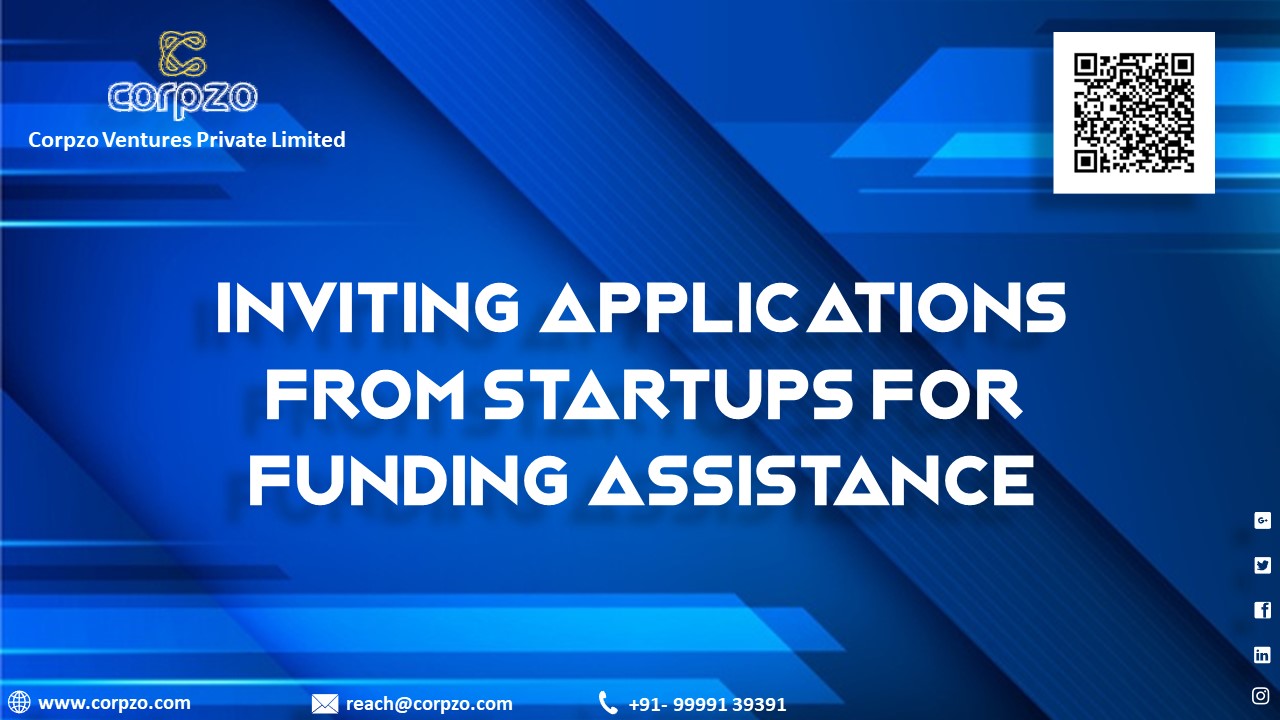
Startup businesses need to buy equipment, rent offices, and hire employees. In almost every case, they'll need to do these things outside of the capital. The initial capital raised by an organization is usually referred to as seed capital. This brief guide summarizes what start-up founders need to know about raising the seed funds that are critical to getting their business off.
These funding rounds provide opportunities for outside investors to invest cash in a growing business in return for the company's equity, or part ownership. When you hear discussion of funding rounds for Series A, Series B, and Series C, these terms refer to the process of growing a business through outside investment.
Startups are given various forms of funding rounds, depending on the market and the level of interest among potential investors. It is not uncommon for startups to initially engage in what is referred to as "seed" funding or angel investor funding. Subsequently, these funding rounds can be followed by funding rounds of Series A, B, and C, as well as additional efforts of capital raising, if appropriate. Series A, B, and C are required ingredients for a company that wants to "bootstrap," or merely survive off the generosity of friends, relatives, and the depth of its own pockets, does not suffice.
Different Start-up Funding rounds:
Funding rounds typically start with an initial pre-seed and/or seed round, which then proceeds from Series A to B, C, and further. Depending on the type of industry and investors, a funding round can take between three months and more than a year.
Series A funding
Series A funding refers to an investment in a private start-up after demonstrating success in developing its business model and demonstrating the potential for growth and revenue generation. Start-up firms initially rely on small investors for seed capital to start operations.
The main difference between seed capital and Series A funding is the amount of money involved and what form of ownership the investor receives or participation. Seed funding would usually be in smaller quantities, e.g., tens or hundreds of thousands of dollars, while Series A investment is generally in the millions.
Series B Funding
Funding through Series B is the second round of a company, funding by investment from private equity investors and venture capitalists. Successive rounds of business financing are usually named Series A, Series B, and Series C funding. The Series B round usually happens when the company has reached several milestones in the growth of its business and has past the initial round. Funding will come from private equity investors and venture capitalists, as well as crowdfunded equity and loan investments for entrepreneurs and small businesses. Direct capital raising from private equity investors and venture capitalists can require certain unique investment restrictions, such as a one percent of each investor.
In terms of procedures and main players, Series B is identical to Series A. Series B is often led by many of the same characters as the previous round, including a key investor anchor that helps attract other investors. The contrast with Series B introduces a new wave of other venture capital firms specialized in later-stage investment.
Series C Funding
Companies making it into Series C funding sessions are already very popular. These firms look for additional funding to help them develop new products, expand into new markets, or even acquire other firms. Through Series C rounds, investors are pouring money into the meat of established firms, hoping to get back more than double the amount.
Most generally, with Series C, a company may terminate its external equity funding. However, certain companies can even go on to Series D and Series E funding rounds. However, for the most part, businesses that receive up to hundreds of millions of dollars in funding through Series C rounds are prepared to continue expanding globally. Many of these firms use Series C funding to help boost their valuation in anticipation of an IPO.
Common Understanding
Learning the difference between these capital raising rounds will help you decipher news for startups and evaluate entrepreneurial prospects. The different funding rounds work in the same basic way; investors give cash in exchange for an equity interest in the company. Investors pose slightly different demands on the startup between the rounds.
Company profiles differ with each case study, but at each funding stage, they generally have different risk profiles and maturity levels. Nevertheless, seed investors and investors in Series A, B, and C all help to bring ideas to life. Series funding helps investors to assist entrepreneurs with the necessary funds to pursue their goals, maybe cashing down the line at an IPO together.
Click here to fill up the following form for Startup Funding Assistance:

